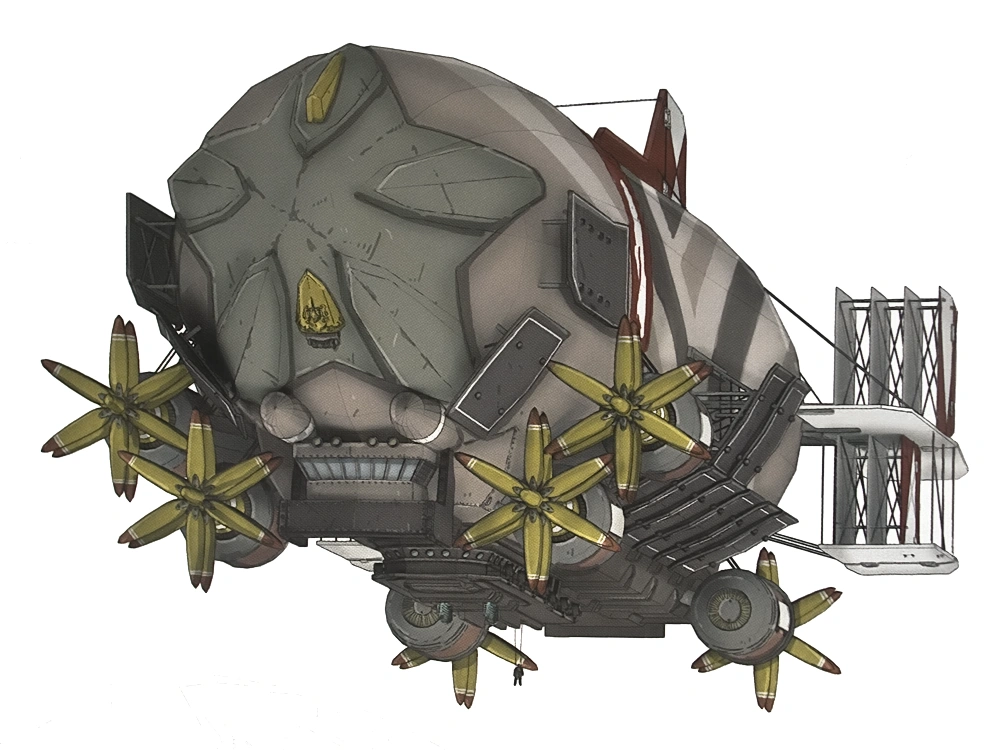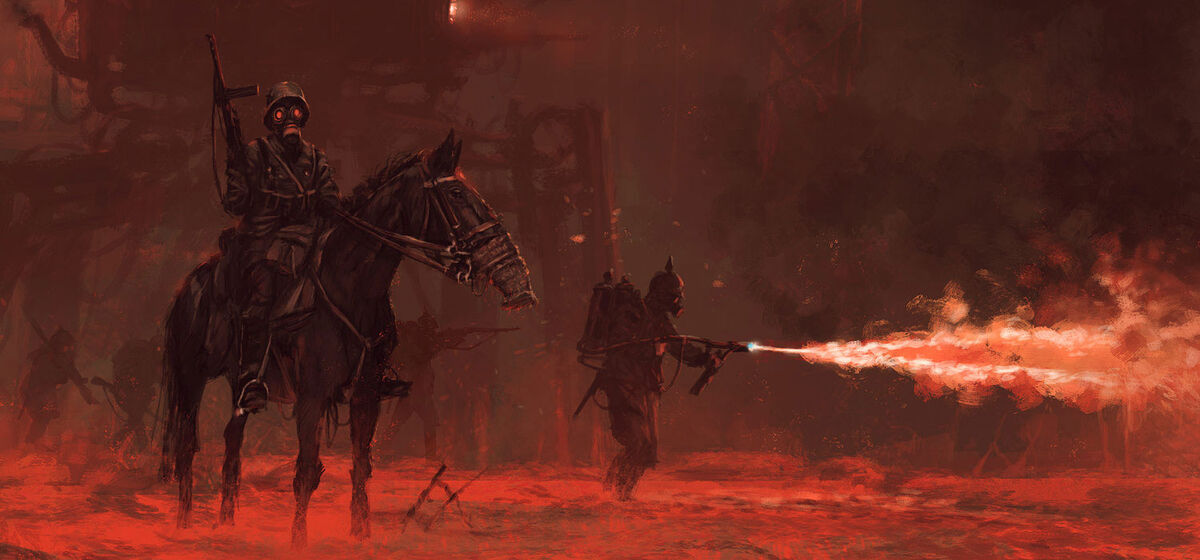Introduction

Some little fun ideas I had around after finished playing Iron Harvest for a possible crossover fanfiction universe using elements of the SEGA VC game and the 1920+ Universe by King Art Games and the stylings of Polish artist Jakub Rozalski.
The basic ideas:
A fusion universe where Ragnite-powered Tesla mechanical inventions become the predominant killing machines of the battlefields alongside tanks. Airships is the common method of air travel and smaller aircrafts are still in their early stages.
The ancient Valkyrurs in this world Europa are foreign migrants hailed from a mythical sunken prehistoric continent of the world after their advanced civilization was destroyed in a freak nuclear holocaust of their own undoings. Like the real world relations between the Spainiards and the Meso-Americans, the Valkyrurs genocided the native Darcens of Europa and rewrite the history then vanished, only ruins and parts of their advanced technologies remained for the modern Europans to rediscover.
The Premise of VC 1920+:
The coming of the Industrial Revolution resulted in many new fascinating technologies like steel and engines. As the industry is developing rapidly, the combined intellects of forward-thinking scientists with the newly refined liquefaction process of Ragnite resulted in the very first iron-cladded walking machines and airships of gargantuan sizes.
Fueled by the glowing Ragnite mineral and driven by the ambitions of governments, corporates and arms industries, mechanical giants of various sizes and shapes start to become the norm of everyday life and eventually becoming a weapon of war, dominating the battlefields of Europa for the next following decades.
The year is 1921 E.C, the dark legacy of the First Great War still haunting the soils of Europa. Despite the end of the most devastating conflict in Europan history, the scarcity of Ragnite, combined with the escalating arms race between the superpowers and rise of radical nationalism, tensions between nation states of Europa are rising once more with the populace becoming even more dissatisfied with the Peace Treaties that ended the War.
Previously fueling the superpowers of the continent with mechs and tanks. The non-aligned technocrat city-state known simply as "The Factory" founded by the famed inventor of first walking automachines that sparked the Second Industrial Revolution, Nikola Tesla, has mysteriously closed its borders, drawing the attention of several nearby nations.
The possibility of another global conflict is only a matter of time for the war-torn continent. Behind the shadow, a dark and sinister secret society steadily grows in strength, preparing to seize power over the belligerent nation states of Europa.
AN: A user named @RedWolf recommended me this site so that I can share my crossover idea, also because I have yet to see anyone done this before.
The dieselpunk and steampunk setting in an alternate Europe of both universes makes the VC + Scythe crossover make them well matched, it would be nice to hear more suggestions from other people on a potential crossover worldbuilding in this forum.
And also because I think it would be more constructive to asking for more advice regarding writing crossover fic like this.

Last edited:

















